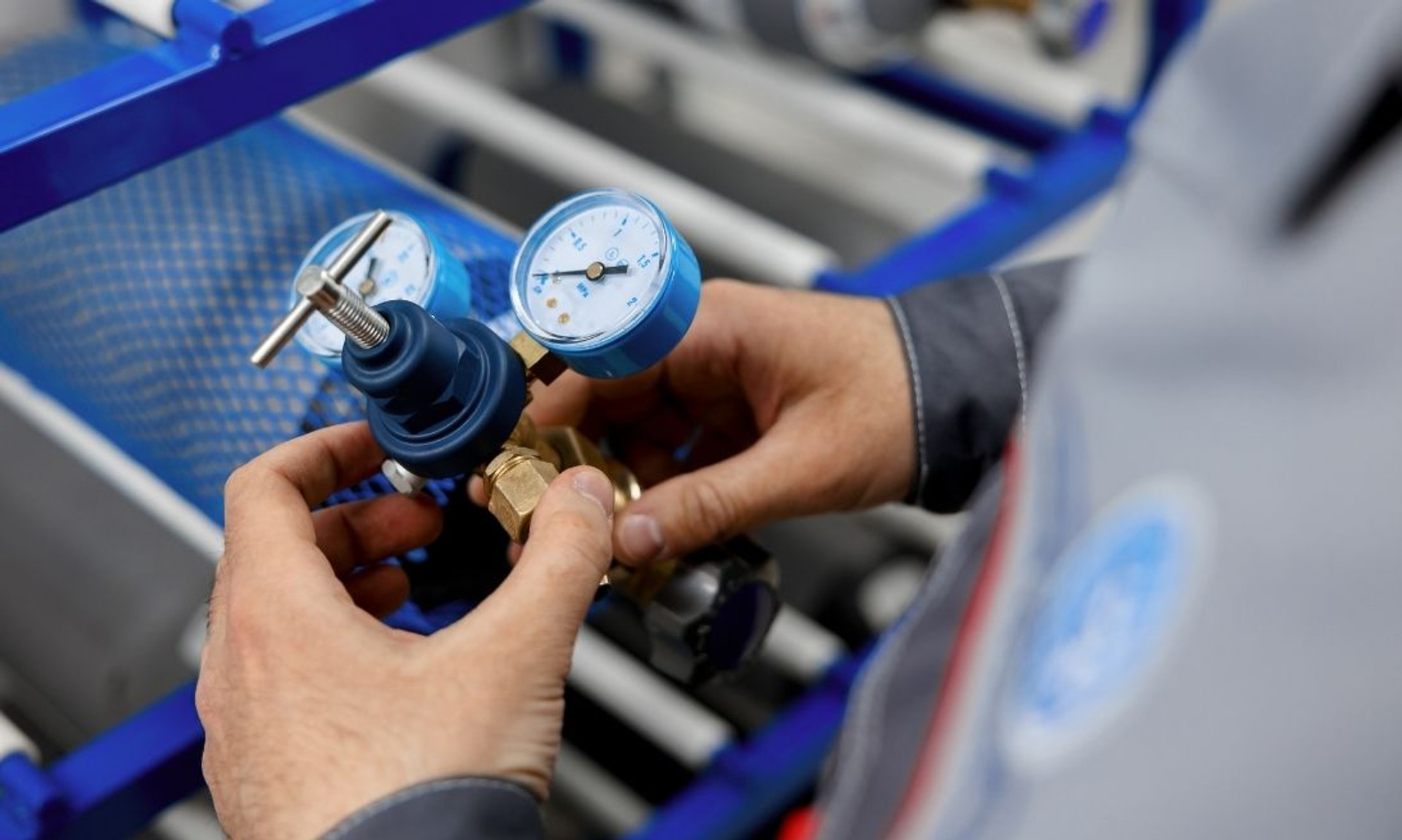Safe Ways To Transport Portable Calibration Gas Cylinders
Transporting any good is an essential requirement that the world depends upon in order to keep things operating at full capacity. If this process falls by the wayside, we may not have some of the amenities that we enjoy. There are safe ways to transport portable calibration gas cylinders, and it is important that humanity strives to provide the best quality of service to industries and businesses that need it.
Safety Checks Before Transport
First, we need to look at the parameters of the vehicle and figure out how much it can hold. Knowing the number of cylinders will be key in working this out. You must also follow safety checks before loading any tanks into any vehicle. This includes proper labeling, ensuring that the main valve is closed, and double-checking that protection caps are within arm’s reach. There must also be a pressure relief device nearby in the event of leaks.
How To Transport
For transport, only use cylinder dollies to move in and out of vehicles, as they adhere to the standard for protection of yourself and the cylinder. This will also help prevent unnecessarily dropping or damaging the cylinder while moving. It is always preferred that there be an open trailer for moving cylinders, as it allows for better spacing and filling the bed to maximum capacity.
When in transport, it is also helpful to know that cylinders should always face upright to prevent hazards. This also allows you to operate on them quickly in the event of an issue. Calibration gas cylinders must also be placed and transported on a flat surface or pallet that’s able to hold up to 3500 pounds. Additionally, these cylinders cannot go without a strap or harness that can support up to 10,000 pounds.
Vehicle Requirements
Any vehicle that transports cylinders that contain gases of any kind must be legally permitted to do so. Shipping papers must be acquired first. If medical oxygen is being transported to a medical facility or to someone’s home, a medical manifesto needs to be present with the driver. This document serves as certification of transporting medical supplies and adhering to medical standards during shipping and receiving.
There is also a standard operating procedure called the North American Emergency Response Guide that should always be carried with the driver any time cylinders and gases are being transported. Additionally, for toxic gases of one liter or more, the driver must obtain and carry a safety permit from the Federal Motor Carrier Safety Administration.
Driver Requirements
In order to get behind the wheel to transport equipment and chemical compounds in cylinders, the driver must have a certain skill set. The most obvious skill needed is an active Commercial Driver’s license or CDL. The driver must also complete hazmat training and become certified in hazmat competency.
The driver must undergo drug and alcohol training as well. Finally, the driver’s supervisor must also be trained on drug testing to ensure employee compliance. These are just a few safe ways to transport portable calibration gas cylinders.

